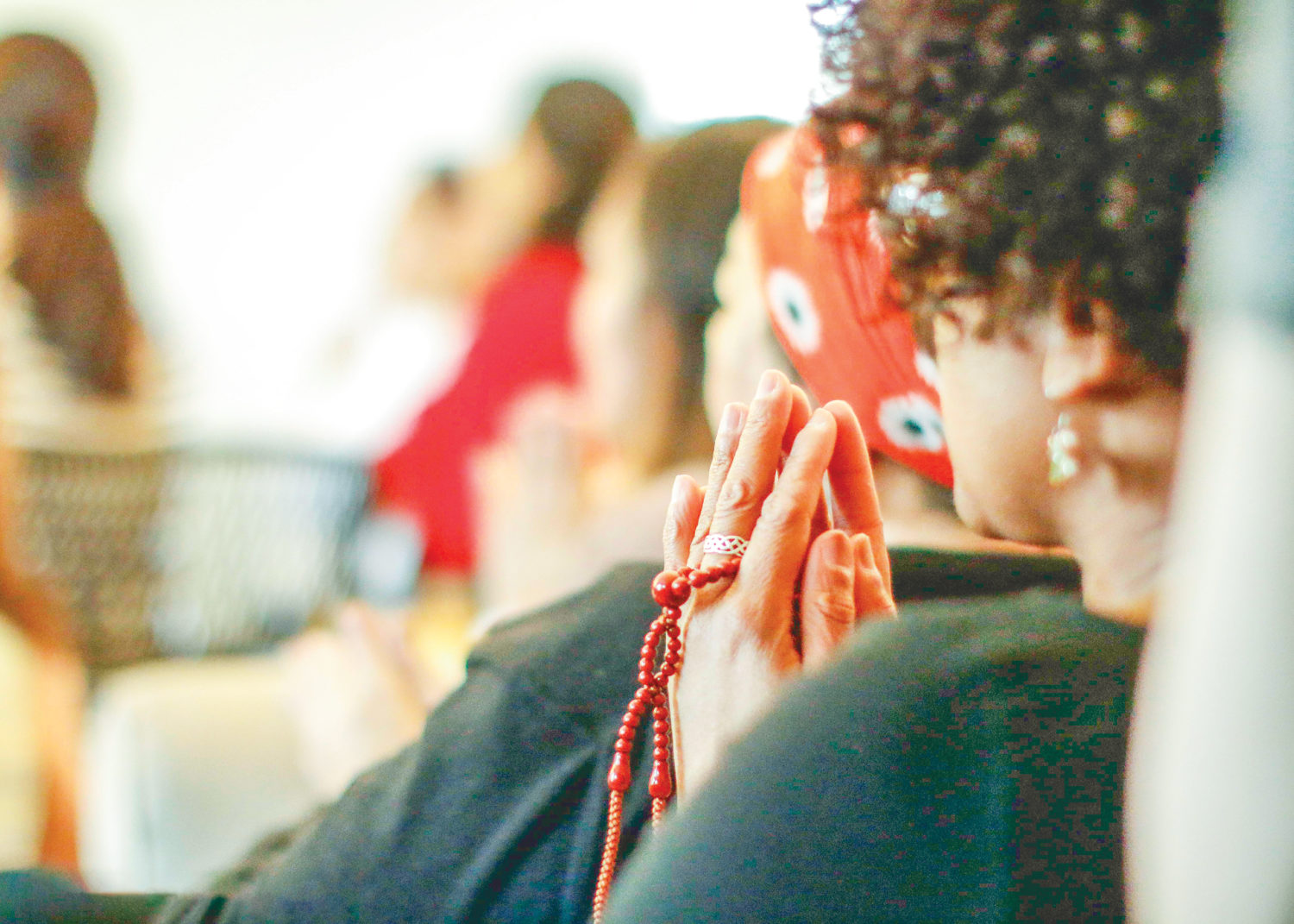Next month marks 760 years since Nichiren Daishonin submitted his treatise “On Establishing the Correct Teaching for the Peace of the Land” on July 16, 1260, to the rulers of Japan. Despite the centuries that have passed since then, one could say that Nichiren’s treatise is more relevant than ever.
From around 1256, the people of Japan had been beset by a succession of disasters, including earthquakes, famine and epidemics that took millions of lives. Seeing no end to the plight of the people and driven by the compassionate desire to free them from suffering, the Daishonin wrote this treatise, addressing it to Hojo Tokiyori, the most powerful political figure in Japan at the time.
Pray for Order and Tranquillity Throughout the Land
A key passage in this writing states:
If the nation is destroyed and people’s homes are wiped out, then where can one flee for safety? If you care anything about your personal security, you should first of all pray for order and tranquillity throughout the four quarters of the land, should you not? (The Writings of Nichiren Daishonin, vol. 1, p. 24)
Nichiren teaches here that one’s eternal happiness is deeply linked to the development of peace and harmony in society. In The New Human Revolution, volume 4, Ikeda Sensei recounts his study of “On Establishing the Correct Teaching for the Peace of the Land,” explaining that our ultimate goal as Buddhists is to pray for and take action to create a peaceful society. He says:
Our mission is to rid this world of every human affliction—war, poverty, starvation, disease and discrimination … Without real effort, it’s all just a fantasy, an abstraction. As a rule, when it comes to practical efforts, it is up to each person to decide and do what he or she thinks best and is capable of. (p. 257)
The aims and initiatives of the Soka Gakkai, he says, are not created merely for the sake of the organization. He states:
It is nothing so narrow; it is to achieve happiness for all people and peace in the world.
It is only natural that opinions vary widely on social issues. There is no doubt we will have to feel our way through on many things. But we must base all our activities on our prayer for “order and tranquillity throughout the four quarters of the land.” Our goal is to place people first, so that we each may lead a life of true humanity and savor a happy and joy-filled existence. Further, the spirit expressed in this treatise, and our wish as Soka Gakkai members, is to firmly infuse this philosophy in society and work to create an age in which the human being can triumph. (p. 258)
Quickly Reform the Tenets in Your Heart
In his treatise, Nichiren clearly explains that people’s mistaken beliefs and the government’s support of such practices led to the tragedies they faced. He goes so far as to say that even if people encounter the correct teaching, they may still lose their way in “the prison of … distorted doctrines,” “the snares of … evil doctrines” and the “net of slanderous teachings” (WND-1, 25).
Using such powerful metaphors, he expresses how difficult it is to free ourselves from erroneous beliefs that cause suffering.
But what is the core error of such beliefs? Ultimately, it is the lack of respect for life, the dignity of every human being and the precious and unlimited potential within each person.
Nichiren then states:
Therefore, you must quickly reform the tenets that you hold in your heart and embrace the one true vehicle, the single good doctrine [of the Lotus Sutra]. If you do so, then the threefold world will become the Buddha land. (WND-1, 25)
He teaches that the most certain way for people to free themselves from misfortune and suffering is to shed their deep-seated disbelief in and disrespect for human life and embracing an all-encompassing philosophy.
Sensei comments as follows:
Nichiren stresses that it begins with one person establishing the truth in [their] heart. The “one true vehicle, the single good doctrine” of which he speaks is the Lotus Sutra, the correct Mahayana teaching that espouses life’s supreme worth and dignity and instructs that all living beings are essentially Buddhas. When each individual awakens to and reveals [their] inherent Buddhahood in accord with this Mystic Law, the place that person lives becomes a shimmering Buddha land. (NHR-4, 247–48)
Nichiren formulated a Buddhist practice that enables all who engage in it a way to bring forth their inherent Buddhahood, while being a practice incumbent on helping awaken others to their Buddhahood.
To realize the “peace of the land” requires a long, arduous effort on the part of each of us as we transform at the depths of our lives to embody the philosophy of respect for all people. That effort involves tenacious dialogue based on fundamental respect for the dignity of each person. We must also foster successors dedicated to carrying on this task far into the future.
Amid the coronavirus pandemic and social unrest we see today, this is precisely the time to challenge our own human revolution as we engage in reaching out to young people who can become agents of change in moving all those around them toward respect, equality and peace. It is precisely the time for us to find that “One Youth.” who inspires “Infinite Hope.”
You are reading {{ meterCount }} of {{ meterMax }} free premium articles

